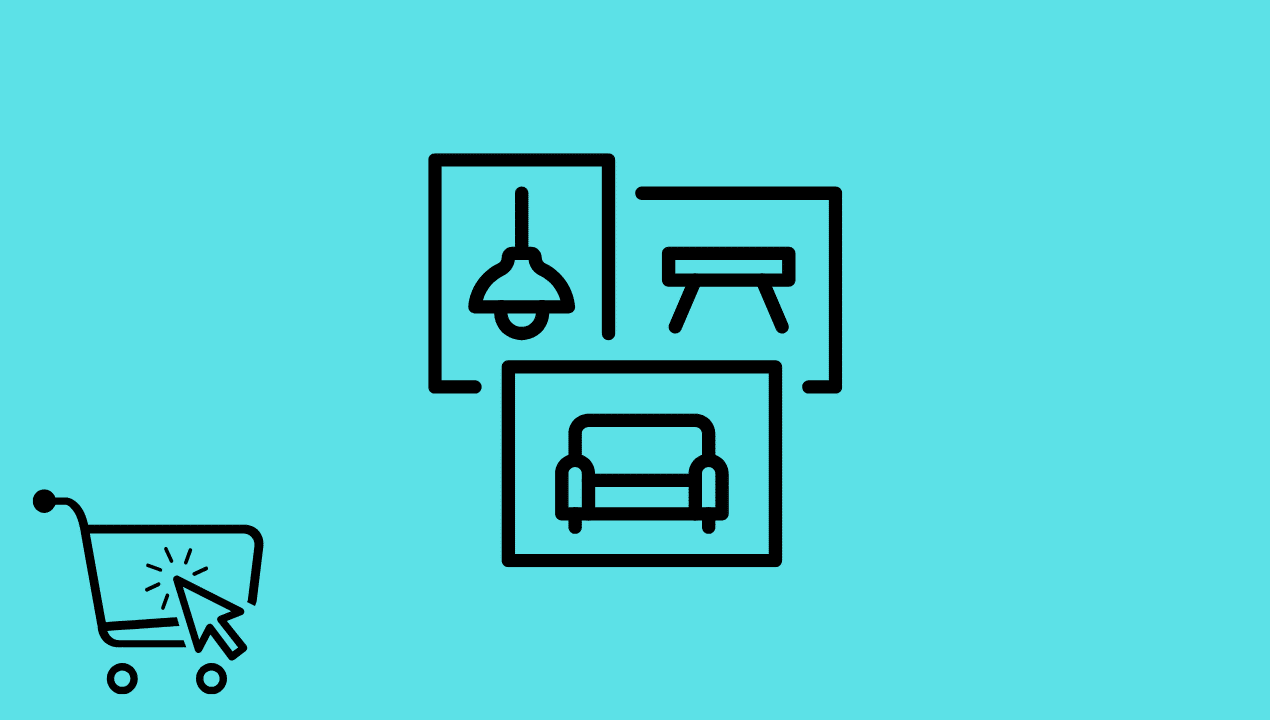Furniture eCommerce is one of the fastest-growing retail segments – but standing out in a competitive market means more than simply listing products online. In this article, we’ll explore the top features that every furniture ecommerce website needs, with DreamSofa as a standout example.
A great furniture website blends style with substance, making it easy for shoppers to visualize products, customize them, and confidently make a purchase.
Let’s explore the top features that make this happen – with DreamSofa as a prime example.
Furniture eCommerce Top Features: Key Takeaways
- Successful furniture eCommerce sites combine visual appeal with functionality.
- Customization tools, rich product visuals, and clear navigation are essential.
- Trust-building elements like reviews and transparent pricing increase conversions.
- Fast load times and mobile optimization are critical for modern shoppers.
- DreamSofa’s site showcases how these features can work together to elevate the shopping experience.
1. High-Quality, Interactive Product Visuals
Shoppers want to see furniture from every angle. Clear images, zoom functionality, and lifestyle photography help customers imagine how the piece fits their space.
DreamSofa takes this a step further with a live 3D configurator, allowing users to view sofas in different fabrics, trims, and layouts before ordering.
2. Customization Tools
Personalization is a huge driver in furniture sales. Options for size, fabric, color, and configuration let shoppers create a piece that feels made for them. DreamSofa’s DreamModular™ system offers down-to-the-inch customization, along with a wide choice of upholstery, arm styles, and comfort levels.
3. Clear, Intuitive Navigation
Large product catalogs need smart filtering. Category menus, material filters, and configuration selectors help shoppers find the right product quickly. DreamSofa’s site makes it easy to browse by collection, style, or color – reducing friction and improving user experience.
4. Trust Signals and Transparency: Furniture eCommerce Top Features
Furniture is a high-consideration purchase, so buyers need reassurance. Displaying warranties, return policies, and customer reviews helps build confidence. DreamSofa highlights its lifetime frame warranty, DesignXchange™ upgrade program, and 100-night risk-free trial prominently, so shoppers feel secure in their investment.
5. Mobile Optimization
With a growing share of eCommerce happening on mobile devices, responsive design is a must. Fast load times, touch-friendly navigation, and mobile-friendly visuals are non-negotiable. DreamSofa’s site is optimized for mobile without sacrificing visual quality or functionality.
6. Easy Checkout and Payment Options
Streamlined checkout processes and multiple payment methods (including financing) reduce cart abandonment. DreamSofa keeps checkout minimal, offering clear order summaries and financing options for high-ticket purchases.
7. Content That Inspires
Educational blog posts, style guides, and buying tips keep visitors engaged and help them make informed decisions.
DreamSofa’s content focuses on design inspiration and product knowledge, helping customers choose the right sofa for their space.
Furniture eCommerce Top Features: The Takeaway
The best furniture eCommerce sites go beyond selling – they create an immersive, confidence-building experience that makes buying big-ticket items online feel natural.
By combining customization tools, strong visuals, trust signals, and friction-free navigation, DreamSofa shows exactly how a furniture brand can excel online.
For more insights into what makes an eCommerce site successful, see this Baymard Institute research on UX best practices.
Frequently Asked Questions
1. Why is product visualization important for furniture eCommerce?
It helps customers picture how the item will fit in their home, reducing uncertainty and returns.
2. What makes DreamSofa’s customization process unique?
It offers down-to-the-inch sizing, a wide range of fabrics, and interchangeable modules for maximum flexibility.
3. How do trust signals impact conversions?
They reassure buyers by proving the brand stands behind its products, making it easier to commit to a purchase.
4. Why focus on mobile optimization?
A significant portion of furniture shopping now happens on mobile devices, so a smooth mobile experience is essential.
5. Should furniture eCommerce sites include educational content?
Yes – style guides and product education help customers make informed choices and keep them engaged with the brand.
6. How can eCommerce sites reduce cart abandonment?
By simplifying checkout, offering multiple payment methods, and showing transparent shipping and return policies.







